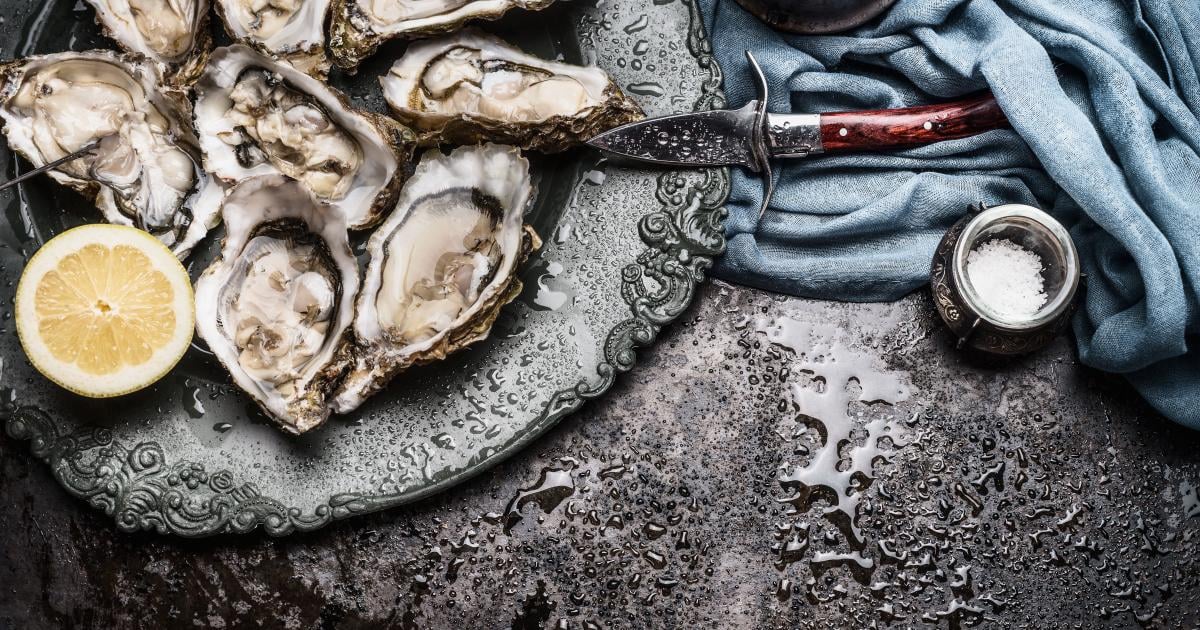
Suggested video What products are in season in December?
Video 1 of 2
Whether for Christmas Eve or New Year’s Eve, you may have planned to serve oysters, hot or cold, as an aperitif or starter. Opening this shell is often a dreaded moment and injuries are not uncommon. They are still the cause of 2000 more or less serious accidents per year. Although professionals use a chain mail glove to protect themselves, few of us have one at home. As for the knife, there are several types: the oyster knife with a guard on the handle is the one that offers more security. There is also the oyster cutter, a folding pocket knife with a flat blade tip. Finally, there is the lancet, a knife with a short, pointed blade, which is generally used by professionals.
First of all, favor freshness by opting for live oysters, hermetically sealed and with intact shells. A cracked or half-open shell may indicate a dead oyster, which should definitely be avoided. Next, look at the shape and depth of the shell: flat oysters have a rounder and deeper shell than cupped oysters. Flat oysters have a more pronounced taste, while cupped oysters offer a softer and more delicate flavor. Oysters are graded into different sizes based on their weight and volume, which directly influences their flavor and texture. Gauges generally range from 0 to 5, with 0 being the largest size. Smaller oysters (like 4 and 5) tend to be more tender and delicate, while larger oysters (0 and 1 sizes) offer meatier, firmer flesh.
The farming location is also an important criterion, because it influences the taste of the oyster. Oysters farmed in the open sea mostly have a more pronounced saline taste, while those grown in estuaries can have more subtle flavors. Finally, don’t hesitate to ask your fishmonger questions. Discover elsewhere advice from this oyster farmer for cooking oysters during the holidays as well as 3 ideas for sauces to accompany them.
When you are a beginner in opening oysters, it is often advisable to take a cloth in your weak hand to hold the oyster. This is supposed to protect you if the knife slips. However, there is an object that we all have in our kitchen that can perform this function much better, and that is the potholder. This very thick glove which protects us from burns from hot dishes coming out of the oven is also well suited to preventing open wounds. It completely covers the hand and does not slip!
Prepare a deep plate by filling it with water and add half a dose of white vinegar. Immerse the oysters in the mixture and leave to act. It’s magic: they will naturally open. Then, carefully use a small knife to finish opening the shell without resistance.
Even more surprising, your microwave can help you open your oysters safely. Arrange them on a tray and cover them with cling film to preserve them. Put them in the microwave and set it to full power for about fifteen seconds. Depending on their size, the oysters should begin to split open. If they remain closed, repeat the operation once or twice.
Source:https://www.750g.com/voici-3-astuces-a-connaitre-pour-ouvrir-les-huitres-sans-se-blesser-a36034.htm


